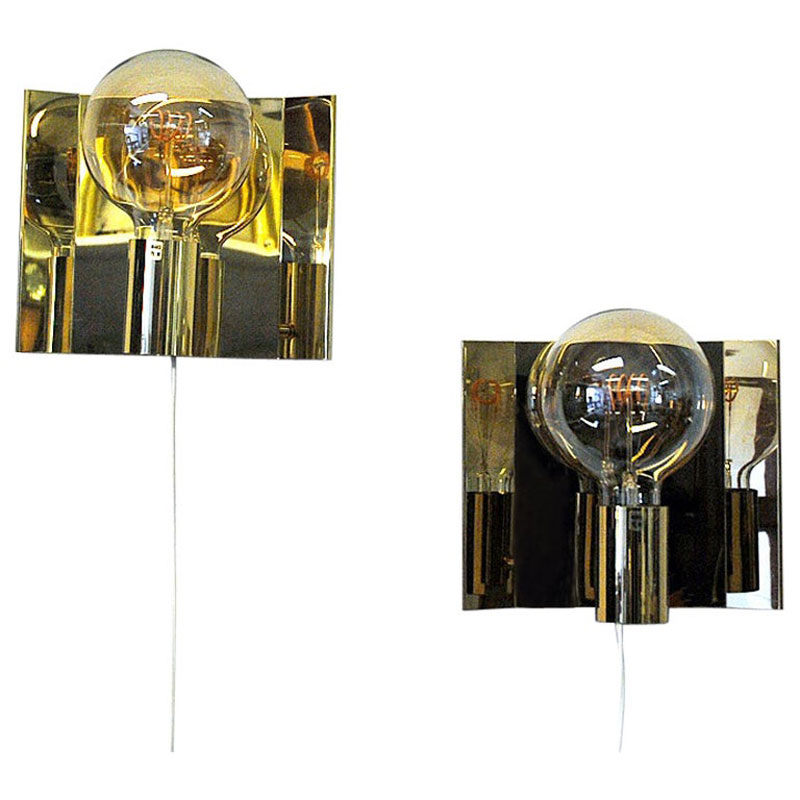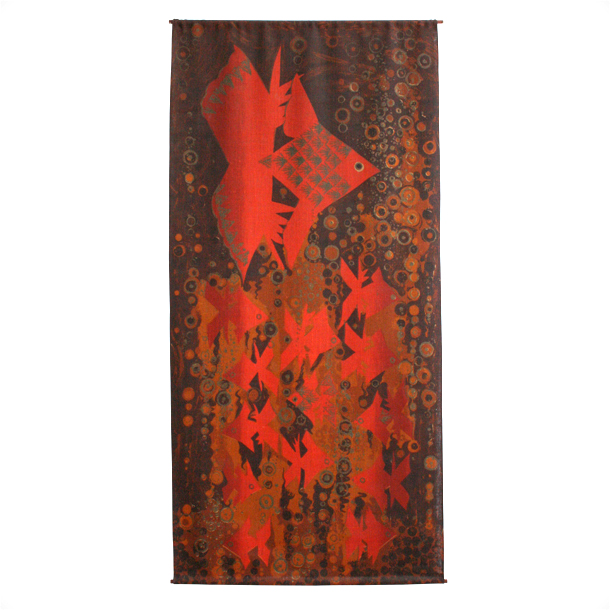The protective glass top for the wife's new desk will be ready in two days... So, naturally, I dropped a metal bracket on the desktop today and put a 3/16" x 1/16" dent in the formerly-pristine birch.
She'll have a smooth glass surface to write on soon, so it isn't NECESSARY to fill the dent... But if I CAN make it look better, I'd like to.
So... Is there anything that a person of my woodworking skill can do that doesn't carry much risk of making the damage look worse? You may judge my skill by the fact that I don't know the answer to this question.

Hi,
Is it solid or...
Hi,
Is it solid or veneered? if veneered dont put heat any where near it, if you want an easy fix that will still look good get some hard wax sticks and fill the hole finding a good colour matched wax stick. If it is solid wood try a tiny drop of water leave it over night and this should lift the worst out.
Steaming
works well on solid wood, IF THE DENT IS SLIGHT AND NO WOOD FIBERS ARE TORN.
The photo clearly shows a severe gouge with fibers broken and compressed into the substrate layers. No amount of steaming would repair this damage. Posters would do well to examine the evidence before offering their standard advice. . .
Wax sticks come in two types, hard and soft. The softer materials, readily available in hardware stores, can be blended fairly easily to achieve the desired color, and can be pressed into the dent with a smooth and flexible putty knife. It never hurts to surround the damage with blue masking tape, to prevent unnecessary spread of color, material or tool marks. The tape is removed before final flattening of the repair.
(Hard wax sticks, so-called "burn-in" sticks, are used by professionals, using a torch or other heat source. These provide a more durable repair, which is apparently not necessary in this case.)
Heat is a useful adjunct to the wax-fill technique. A hair dryer can be employed to soften the wax materials; they can be laid out (and mixed if necessary) on a metal surface like the blade of a kitchen spatula, and heated from above or below to make a runny liquid. This can be dripped into the bottom of the dent to make a firm and well-anchored base for the surface work. More material is applied with the knife and pressed firmly, until the area is slightly over-filled.
A smooth and flexible putty knife is used to plane the final application of wax, which will be slightly proud of the surface. Paint thinner (mineral spirits) can be used to clean any tools. A clean rag dampened with thinner is carefully used to wipe excess wax from around the repair.
Colors should be chosen on the light side, and a sample prepared to compare with the existing wood color, before work is started on the damaged area. Making wood stains and fills darker is relatively easy; making them lighter after application is usually difficult to impossible.
If you need any help, please contact us at – info@designaddict.com









